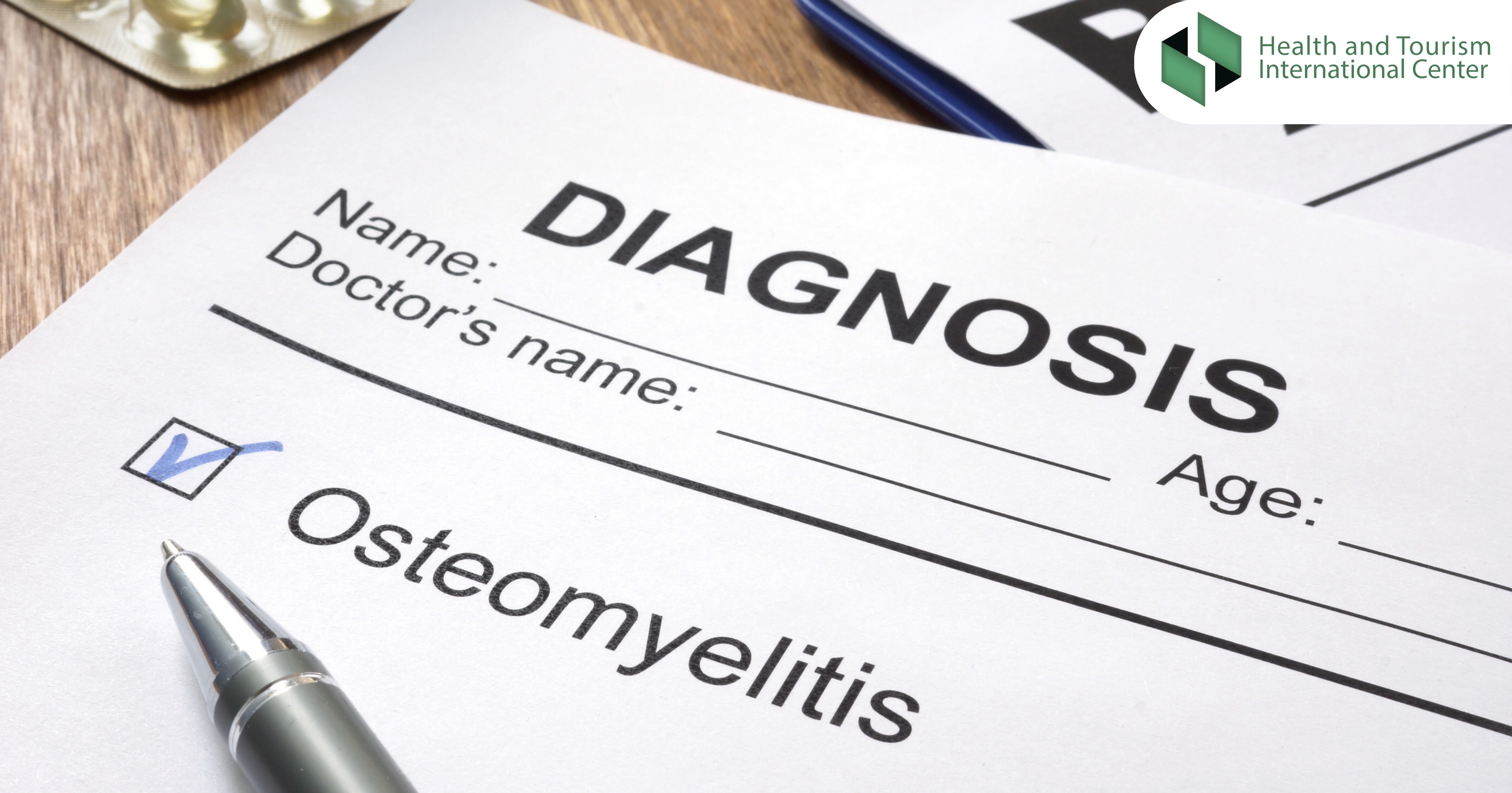Bone infection is medically called osteomyelitis.
As a rule, the cause of the pathological process is staphylococcal bacteria - the infection enters the bone from the blood circulation system or from nearby tissues, sometimes it is formed directly from the bone on the background of trauma/injury.
To make a diagnosis, the doctor will first visually examine the affected bone (any symptoms should be noted, such as warmth, swelling, weakness/softness, etc.).
A number of tests and procedures are provided to diagnose osteomyelitis - it is necessary to determine which type of microbe caused the infection.
A blood test shows whether the number of leukocytes is increased or not, whether the body is fighting an infection or not.
The following research methods are effective:
- X-ray study;
- Magnetic resonance imaging;
- Computed tomography.
A bone biopsy is prescribed to identify the source of infection. Once the type of bacteria is identified, an antibiotic directed against that microbe will be prescribed.
In a large percentage of clinical cases, surgical intervention is required - the surgeon cuts the dead bone tissue. Intravenous antibiotic therapy is prescribed after surgery.
Depending on the severity of the infection, surgical treatment for osteomyelitis may include any of these procedures:
- Excision of diseased bone and tissue;
- Drainage of fluid or pus from the infected area;
- Restoration of the ability of blood circulation to the bone;
- Removal of any foreign body;
- Limb amputation (when the only chance remains and only in this way it is possible to prevent the spread of infection).
Source:
https://www.mayoclinic.org/diseases-conditions/osteomyelitis/diagnosis-treatment/drc-20375917

